GET THE FACTS - U.S. Paratrooper Jump Wings Badge
The U.S. Parachutist badge normally called “jump wings” was first designed in WW11 by Captain William Yarborough of the 501st Parachute Battalion.
Worn by either Paratroopers that passed training or those with no training, which had made a combat jump. All of the wings were made of silver, though did not have to be marked as such, and officially were 1 13/64” by 1 1/2” in size. It portrays a parachute in the center with 2 large partly circled wings extending from the sides. This badge was worn on the paratrooper uniforms.
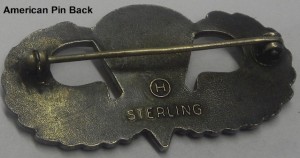 |
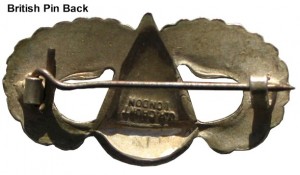 |
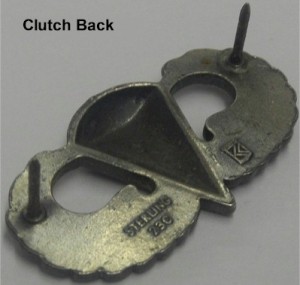 |
The badge was manufactured in both the U.S. and Britain which made for differences in the fastening devices based on the country of origin. The common U.S. made wings had a pinback with a rolling lock. The American ones were made as per Yarborough’s exact specifications, with a 1.45” long pin stem that had a flat joint hinge type. The catch was also the ball shaped type. (See image above)
Wings manufactured in Britain were pin backs using a basic hook and clasp with a thicker needle size than the U.S. ones. Clutch back fasteners were introduced later in WWII and are on current models.
Another visible difference with the British manufactured Jump Wings was the designed was more outlined or enhanced.
Wings may or may not have a manufacturer’s mark and the WW2 badges were usually polished smooth.
In addition to the basic jump wings there were many unofficial variations that included combat stars or invasion arrowheads on them. Each star equaled a combat jump and the arrowheads were for those that jumped on D-Day. There was a maximum of 5 stars allowed.
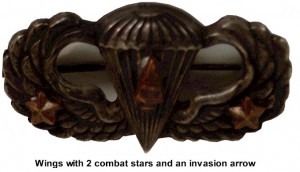 |
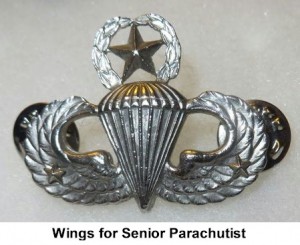 |
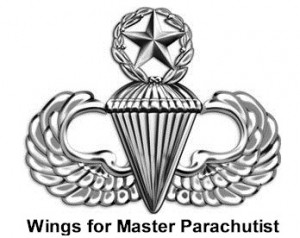 |
Join our Newsletter Here
Find this interesting or useful then -


